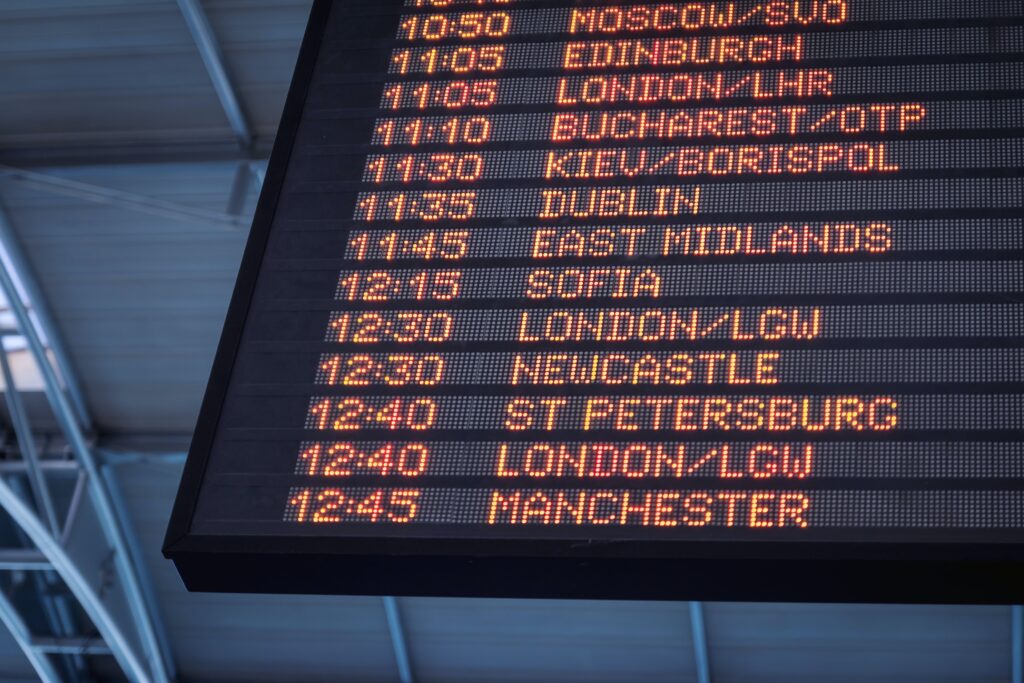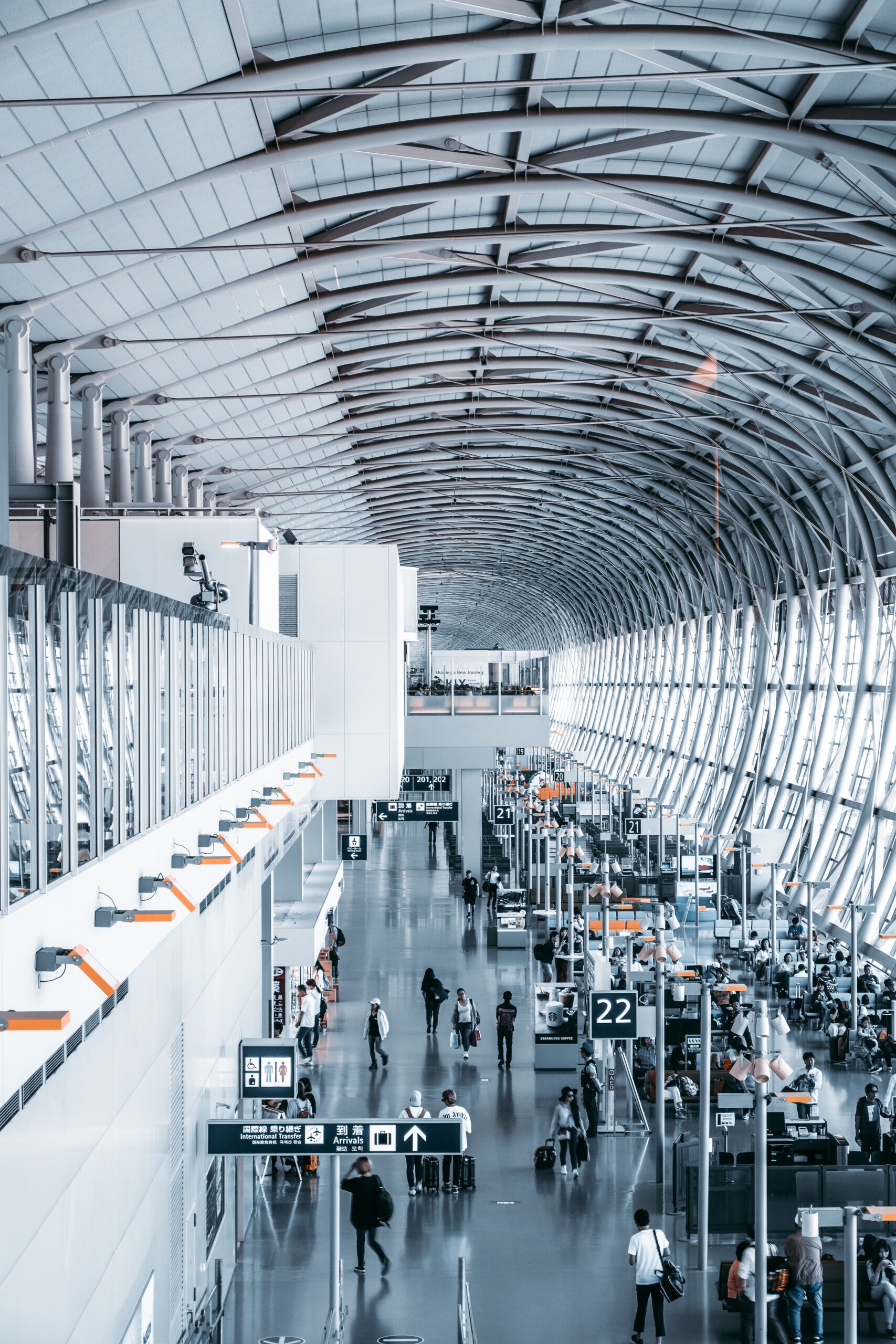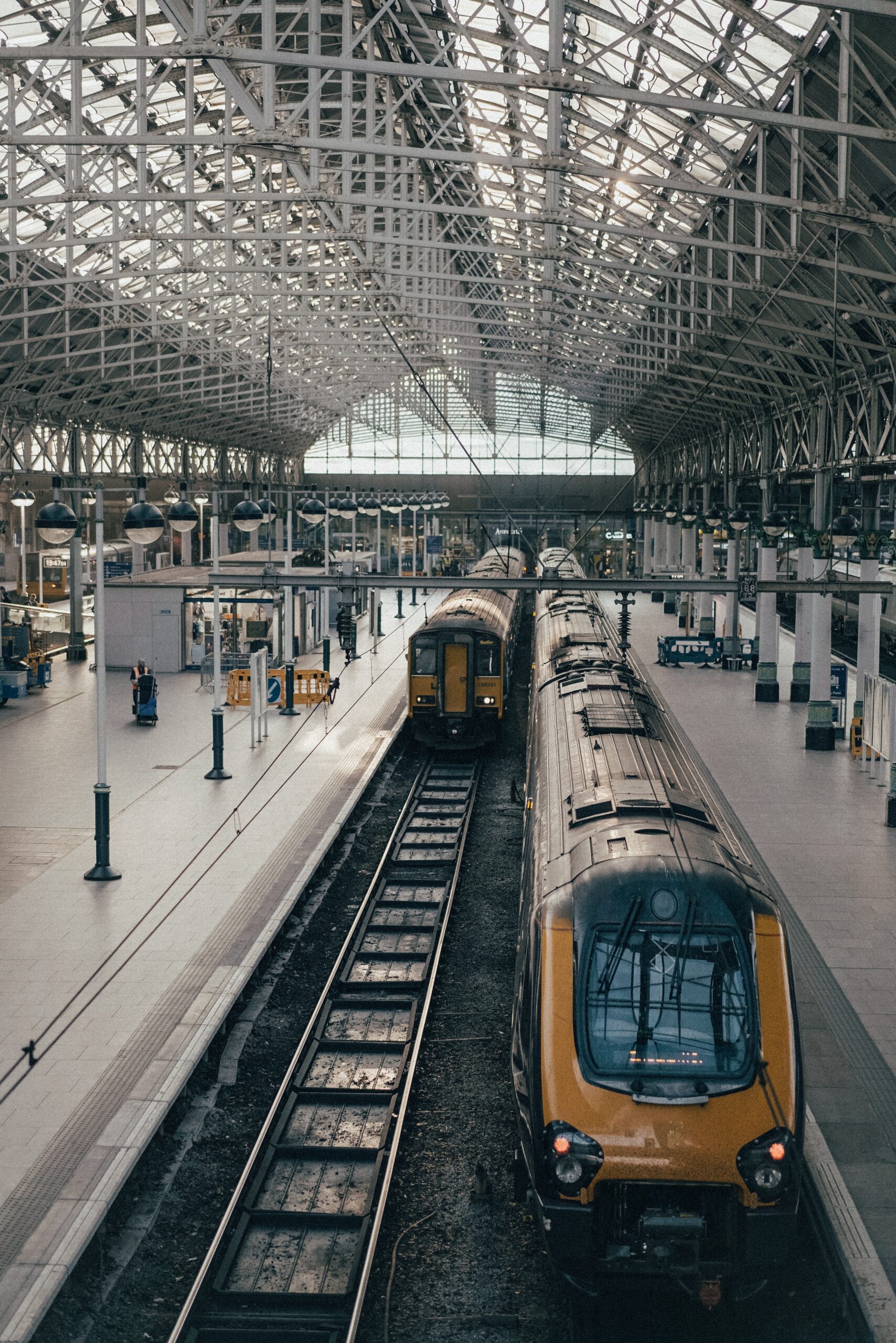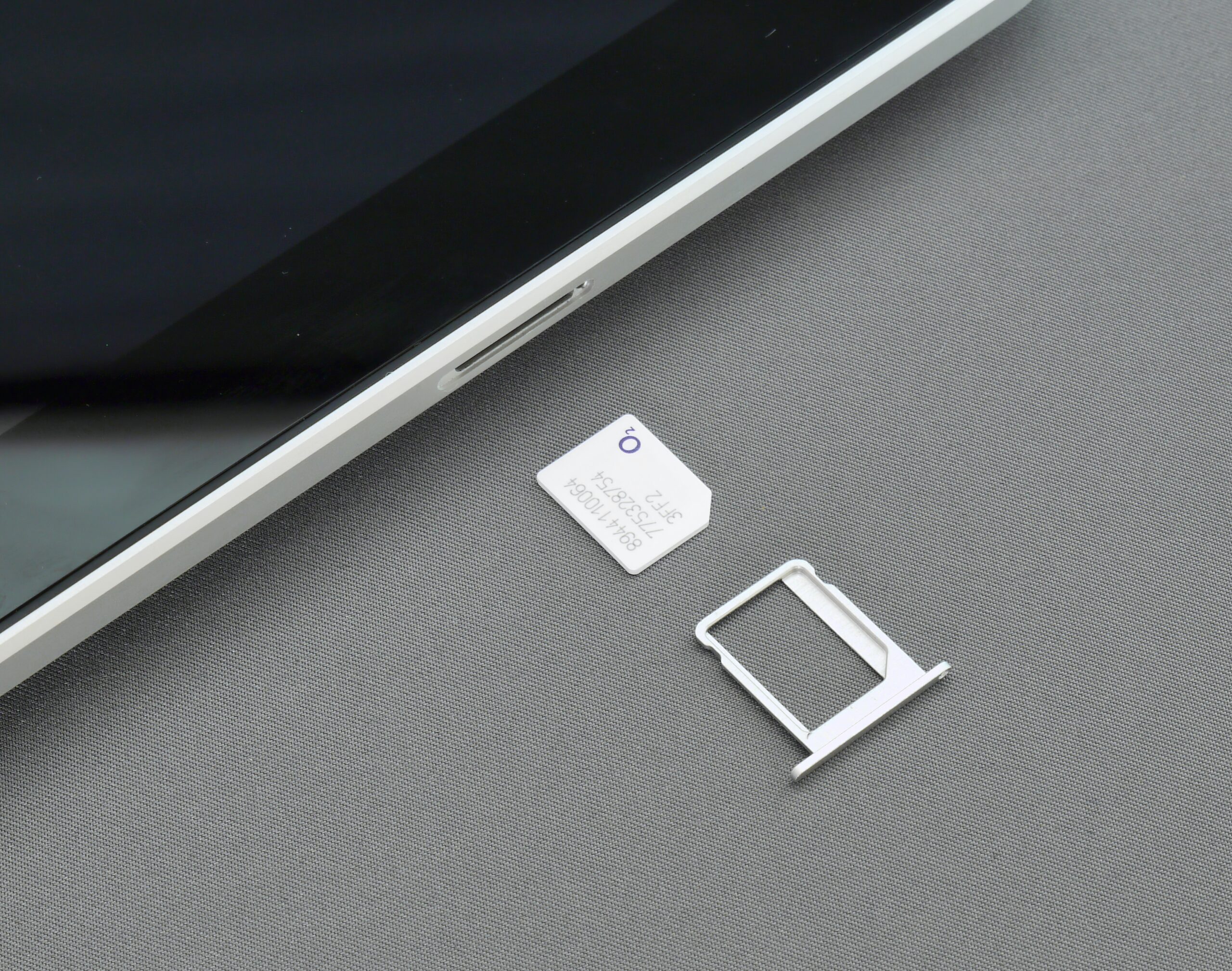United Arab Emirates Transportation Guide
United Arab Emirates Transportation Guide: Efficient and modern transportation in the UAE includes metro systems, taxis, and well-maintained roads, facilitating seamless travel across cities and landmarks.


United Arab Emirates Transportation Guide – International Airports
The United Arab Emirates (UAE) is home to several international airports that serve as major gateways for travelers from around the world. Here are the main international airports in the UAE:
Dubai International Airport (DXB): Located in Dubai, this is one of the busiest airports in the world and serves as a major hub for international flights. It offers extensive connections to destinations across the globe.
Abu Dhabi International Airport (AUH): Situated in Abu Dhabi, the capital city of the UAE, this airport serves as a key international gateway. It offers a wide range of international flights and connections.
Sharjah International Airport (SHJ): Located in Sharjah, this airport is another important hub for international flights and serves travelers in the northern part of the UAE.
Al Maktoum International Airport (DWC): Also known as Dubai World Central, this airport is located in Dubai and serves as a complement to Dubai International Airport. It is part of Dubai’s plans to expand its air travel infrastructure.
Ras Al Khaimah International Airport (RKT): This airport serves the emirate of Ras Al Khaimah and offers some international connections.
Fujairah International Airport (FJR): Located in Fujairah, this airport primarily handles regional and some international flights.
Al Ain International Airport (AAN): Serving the city of Al Ain, this airport offers regional flights as well as some international connections.
National Airports
In addition to the major international airports, the United Arab Emirates (UAE) also has several national airports that serve domestic and regional flights. These airports connect different parts of the UAE and provide convenient travel options for residents and visitors. Here are some of the national airports in the UAE:
Dubai Al Maktoum International Airport (DWC): While Al Maktoum International Airport also serves international flights, it also handles domestic flights within the UAE.
Al Bateen Executive Airport (AZI): Located in Abu Dhabi, Al Bateen Executive Airport primarily caters to private and executive aviation.
Al Ain International Airport (AAN): Al Ain International Airport serves the city of Al Ain and offers domestic flights to other parts of the UAE.
Fujairah International Airport (FJR): Fujairah International Airport serves the emirate of Fujairah and offers regional flights.
Ras Al Khaimah International Airport (RKT): Ras Al Khaimah International Airport handles both domestic and regional flights, connecting the emirate of Ras Al Khaimah.
Sir Bani Yas Airport (XSB): Located on Sir Bani Yas Island, this airport primarily serves tourists visiting the island’s resorts.
Al Minhad Air Base (NHD): While primarily a military base, Al Minhad Air Base also handles some civilian and cargo flights.
Al Dhafra Air Base (DHF): Similar to Al Minhad, Al Dhafra Air Base primarily serves military purposes but may also handle select civilian and cargo flights.
United Arab Emirates Transportation Guide – Trains
The United Arab Emirates (UAE) has developed a modern and advanced transportation system, including a metro system in Dubai and a planned high-speed rail network connecting major cities. Here’s an overview of the train systems in the UAE:
Dubai Metro: The Dubai Metro is a modern and efficient driverless metro system in Dubai. It consists of two lines, the Red Line and the Green Line, which connect various key areas of the city, including residential, commercial, and tourist destinations.
Etihad Rail: Etihad Rail is a planned high-speed rail network that aims to connect major cities and industrial hubs across the UAE. Once completed, it will provide both passenger and freight services. The network is expected to have multiple phases, and it will play a significant role in enhancing connectivity and transportation in the country.
Palm Jumeirah Monorail: The Palm Jumeirah Monorail is a monorail system that connects the Palm Jumeirah island to the mainland of Dubai. It provides a convenient mode of transportation for residents and visitors.
Light Rail Transit (LRT) Systems: Some planned developments in the UAE include light rail transit systems in certain areas to improve public transportation and ease traffic congestion.
Hyperloop: While not yet operational, the UAE has also shown interest in exploring the potential of the hyperloop technology, which could provide high-speed transportation between cities.


United Arab Emirates Transportation Guide – Buses
Public buses are an important mode of transportation in the United Arab Emirates (UAE), providing convenient and accessible options for both residents and visitors to travel within and between cities. Here’s an overview of the bus systems in the UAE:
Dubai Bus System: Dubai has an extensive and well-developed public bus system operated by the Roads and Transport Authority (RTA). The system covers various routes within the city and its suburbs, connecting major areas, residential neighborhoods, commercial districts, and tourist attractions.
Abu Dhabi Bus System: In Abu Dhabi, the Integrated Transport Center (ITC) operates the public bus system. Similar to Dubai, the system covers different routes within the city, connecting various parts of the capital.
Other Emirates: Other emirates, such as Sharjah, Ajman, and Fujairah, also have their own public bus systems operated by local authorities. These systems provide local and regional transportation options.
Inter-City Buses: In addition to city bus services, there are inter-city bus routes connecting major cities and emirates. These buses offer a convenient way to travel between different parts of the UAE.
Luxury Buses: Some operators offer luxury and premium bus services with enhanced amenities for a more comfortable travel experience.
Bus Stations and Terminals: Major cities have designated bus stations and terminals where buses depart and arrive. These stations often have facilities such as ticket counters, waiting areas, and restrooms.
Fares and Payment: Bus fares are generally affordable, and various fare options are available, including prepaid cards, NOL cards (Dubai), and other smart payment methods.
Tourist Buses: Some cities, particularly Dubai, offer hop-on-hop-off tourist buses that provide guided tours to popular attractions.
Integration with Other Modes: Public buses are often integrated with other modes of transportation, such as the metro systems, to offer seamless travel options for passengers.
Links of interest
Airlines:
Emirates Airlines
Etihad Airways
Flydubai
Trains:
Buses:
Department of Transport – Abu Dhabi
RTA Dubai
Sharjah RTA
Ajman PT
Fujairah Transport
RAKTA
UAQTC
Ride-Sharing:


We recommend
United Arab Emirates travel tips
Our guide offers essential United Arab Emirates travel tips and insights for an unforgettable journey. Plan your trip with us!
United Arab Emirates Transportation Guide – SIM Cards
Providers:
Choose from telecom providers like Etisalat and Du. Both offer tourist-friendly packages for data and calls.
Tourist Packages:
Opt for tourist-specific SIM packages with data, local minutes, and international calling options for a hassle-free experience.
Required Documents:
Have your passport and visa ready; they may be required for SIM card registration as per local regulations.
Coverage:
Verify the coverage in areas you plan to visit, especially if you intend to explore remote or less urbanized regions.
Mobile Apps:
Download relevant telecom provider apps for managing your account, checking balances, and purchasing additional services.
Roaming Considerations:
Understand international roaming rates if you plan to travel outside the UAE. Consider turning off data roaming to avoid unexpected charges.
Emergency Services:
Save local emergency numbers and embassy contacts in your phone for quick access.
Validity Period:
Be aware of the validity period of your SIM card and plan. Ensure it covers the duration of your stay.
Dual SIM Phones:
If you have a dual SIM phone, consider keeping your home country SIM for calls and texts while using a local SIM for data.
Language Settings:
Set your phone language preferences to English for easier navigation through the provider’s services.
SIM Replacement:
Know the procedure for replacing a lost or damaged SIM card, and keep your provider’s helpline handy.
Cultural Considerations:
Respect local customs when using your phone in public spaces, especially in more conservative areas.
Device Compatibility:
Confirm that your phone is compatible with the local network frequencies used in the UAE.
SIM Return:
Keep in mind any procedures for returning or deactivating the SIM card before departing the UAE.
Currency Converter
Currency Converter EUR/USD: Tue, 8 Apr.
Unit Converter
United Arab Emirates Transportation Guide – Maps
What map do you need?
Choose your destination
More information about this country









